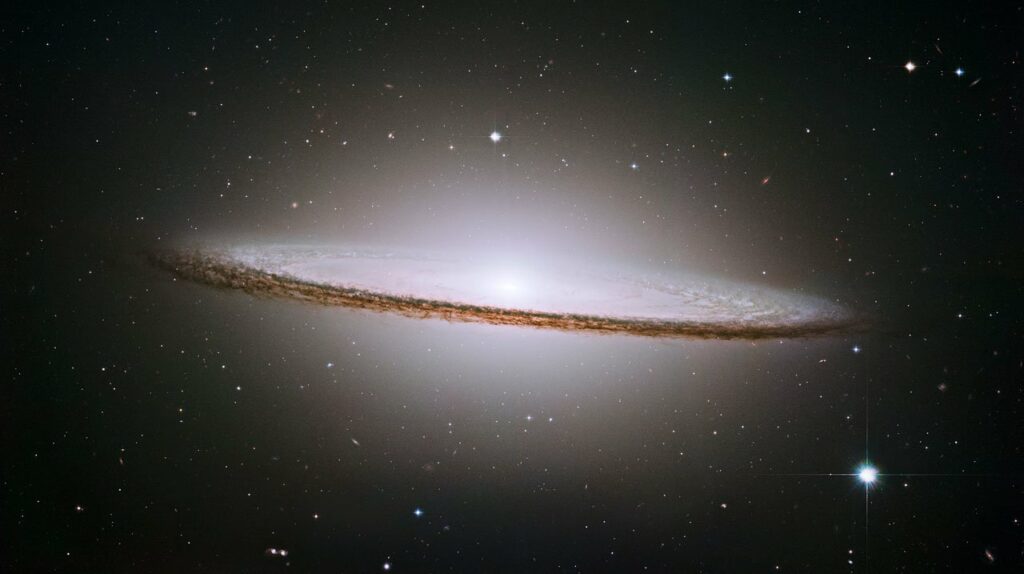For astrophotographers, Spring means the start of Galaxy season! Called as such due to the vast amount of galaxies available to image – clear skies permitting! Below I have compiled a list of my favourite astrophotography Galaxy season targets for any telescope.
There’s something for all focal lengths here, whether that be getting multiple galaxies in the same field of view (FOV) with a modest setup, or getting really up close and personal to a distant galaxy with a bigger scope and pulling out the amazing detail in the dust lanes.
You can see which options will work for your equipment by using free software such as Stellarium to plan your imaging session.
The Best Astrophotography Galaxy Season Targets for any Telescope
1. Leo Triplet M65, M66 & NGC3628
In the constellation Leo of course. The Leo Triplet consists of M65, M66 and NGC3628, also known as the Hamburger galaxy, my favourite name for a galaxy!
Many focal lengths will be able to get all 3 galaxies in the FOV but depending on your telescope and camera, you may not get this many in the FOV at once – it’s impossible for me to say what telescope will get all 3 in one FOV because a large telescope with a full-frame sensor could offer the same FOV as a smaller telescope with a crop sensor.
I would recommend checking your specific equipment in Stellarium or similar.
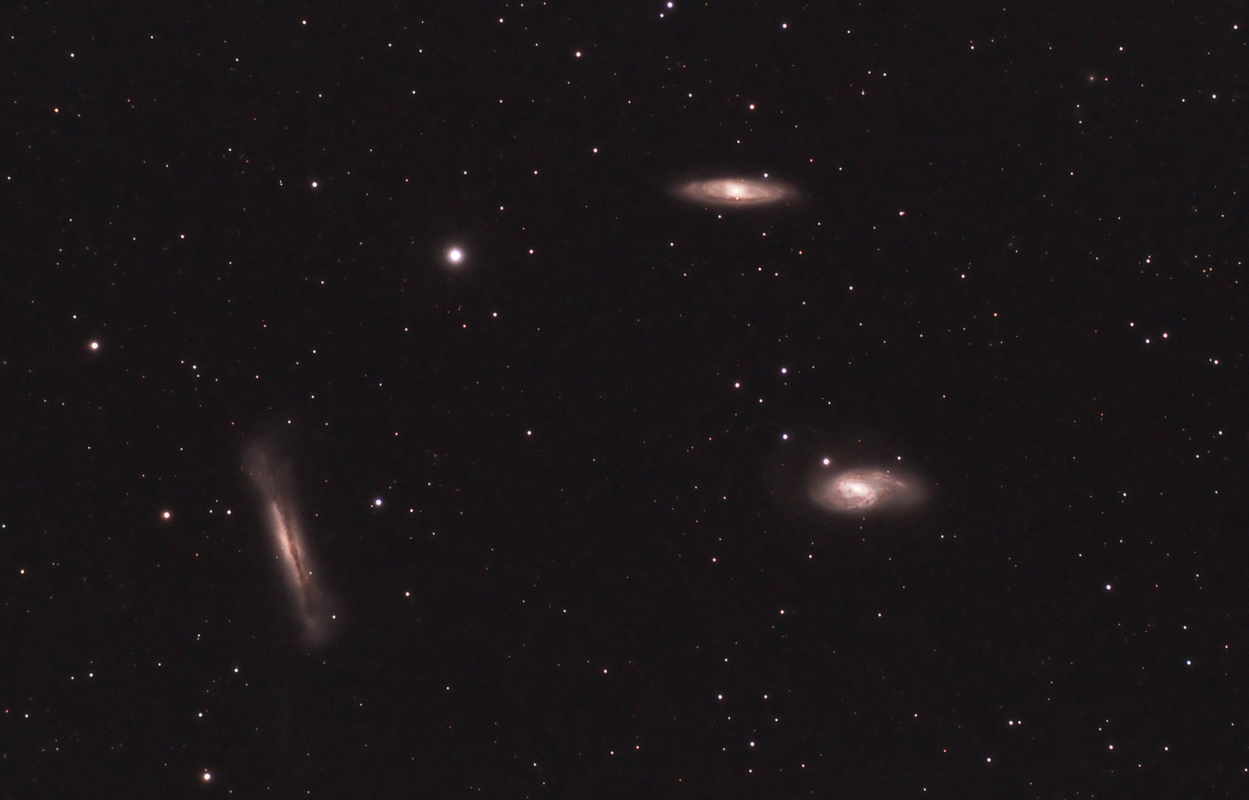
2. Bode’s and Cigar Galaxies M81 & M82
Bode’s and Cigar galaxies are in the constellation of Ursa Major, both approximately 12 million light years away. This is another great option for a lot of widefield telescopes as you can fit both galaxies in the same FOV but if you have a longer focal length you’ll be able to get much more up close and personal on each galaxy and create a truly stunning image!

3. Pinwheel Galaxy M101
M101 in the constellation Ursa Major. The only one on this list that is a single galaxy, but that doesn’t mean it’s any less special! You may think M101, and also the next target require a longer focal length, but I’m here to challenge that because I want to share my images using a 3-inch refractor, a crop DSLR and no filter.
The image of M101 isn’t particularly great because it’s one of the first deep sky images I ever took and it’s not in focus. For contrast, I’ve shared a Hubble image so you can see how the Pinwheel Galaxy should really look!
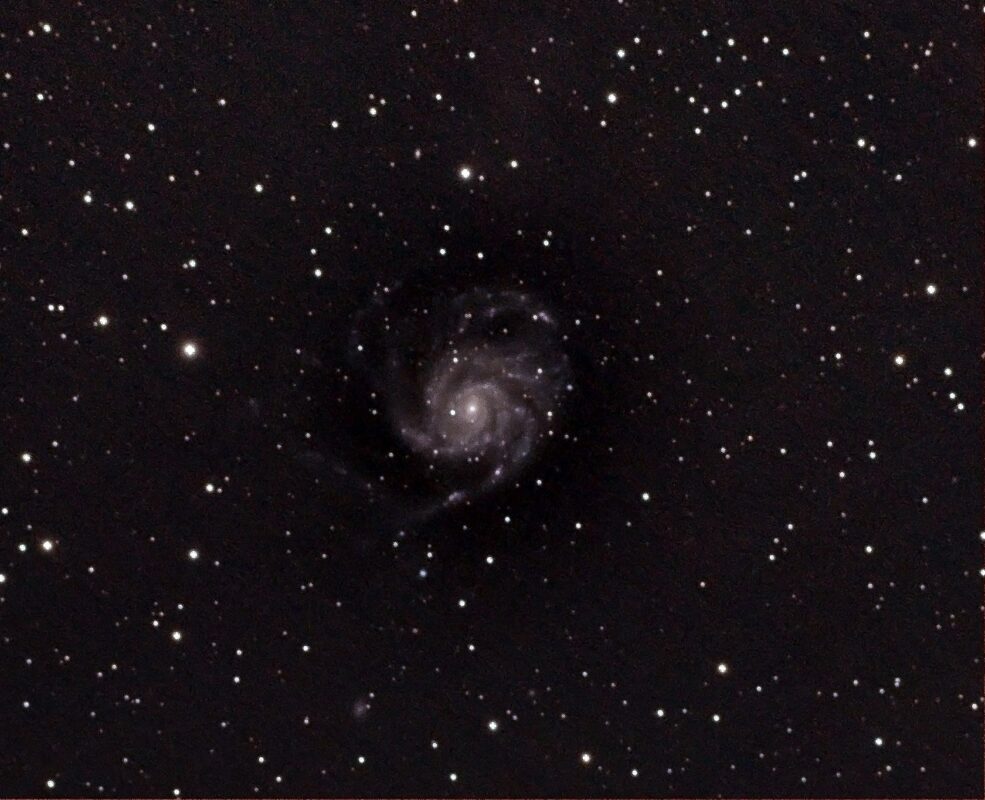
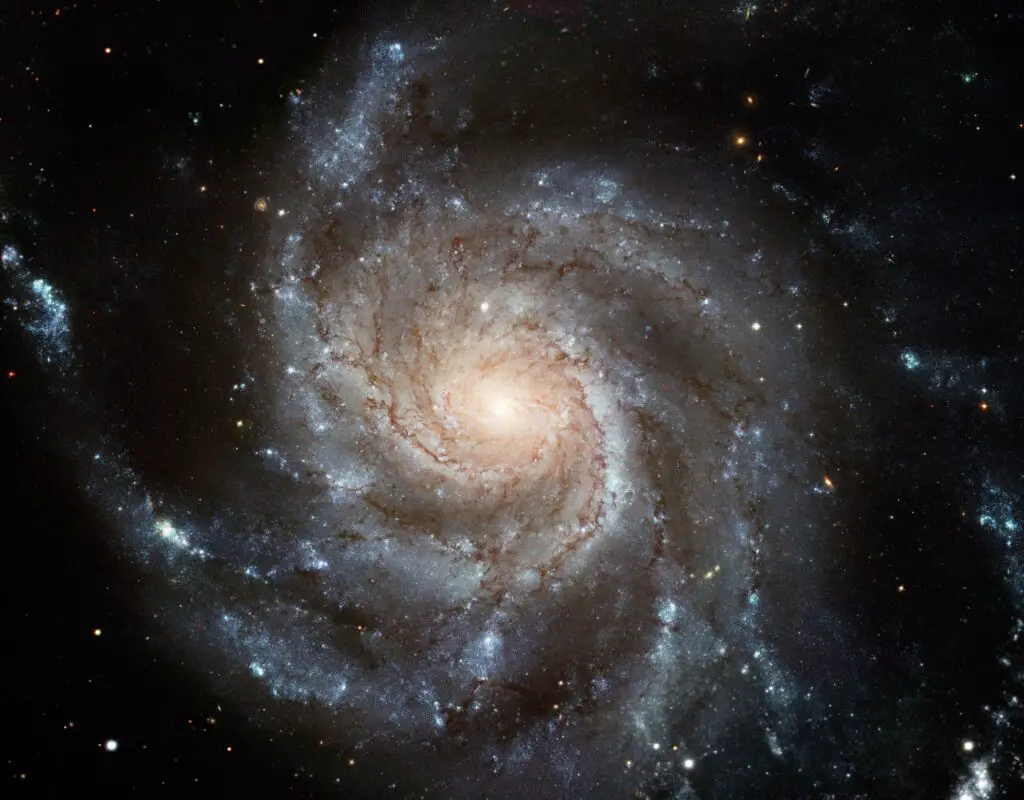
4. Whirlpool Galaxy
M51 in the constellation Canes Venatici. And show some love to the often forgotten NGC5195, which is a dwarf galaxy interacting with the Whirlpool galaxy and can be found interacting with the outer arm of the Whirlpool Galaxy. Again, this image was taken with my 3-inch refractor and Canon DSLR.
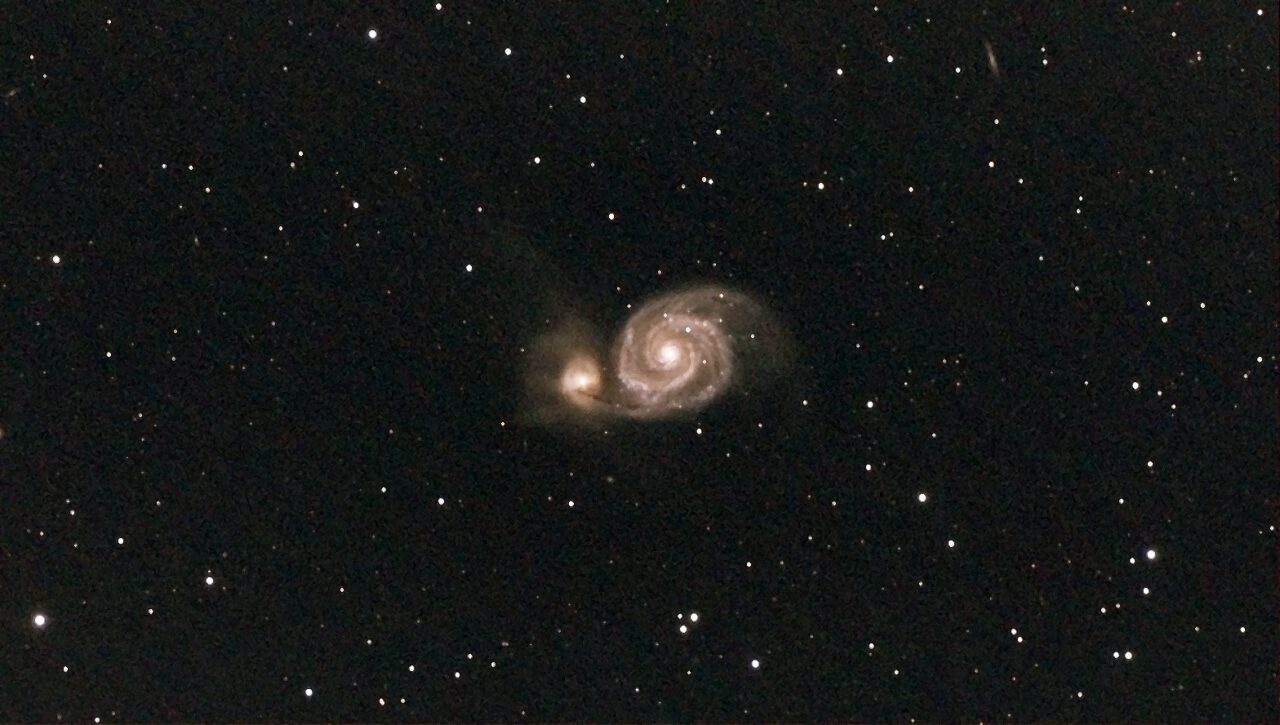
5. Makarian’s Chain
Makarian’s Chain is a stretch of galaxies forming part of the Virgo cluster. Great for all focal lengths and perhaps suits wide field slightly more because the wider your FOV, the more galaxies you can capture in one image! A real favourite of mine during galaxy season because capturing so many galaxies in one FOV is just mind boggling! This is one that I return to every year.
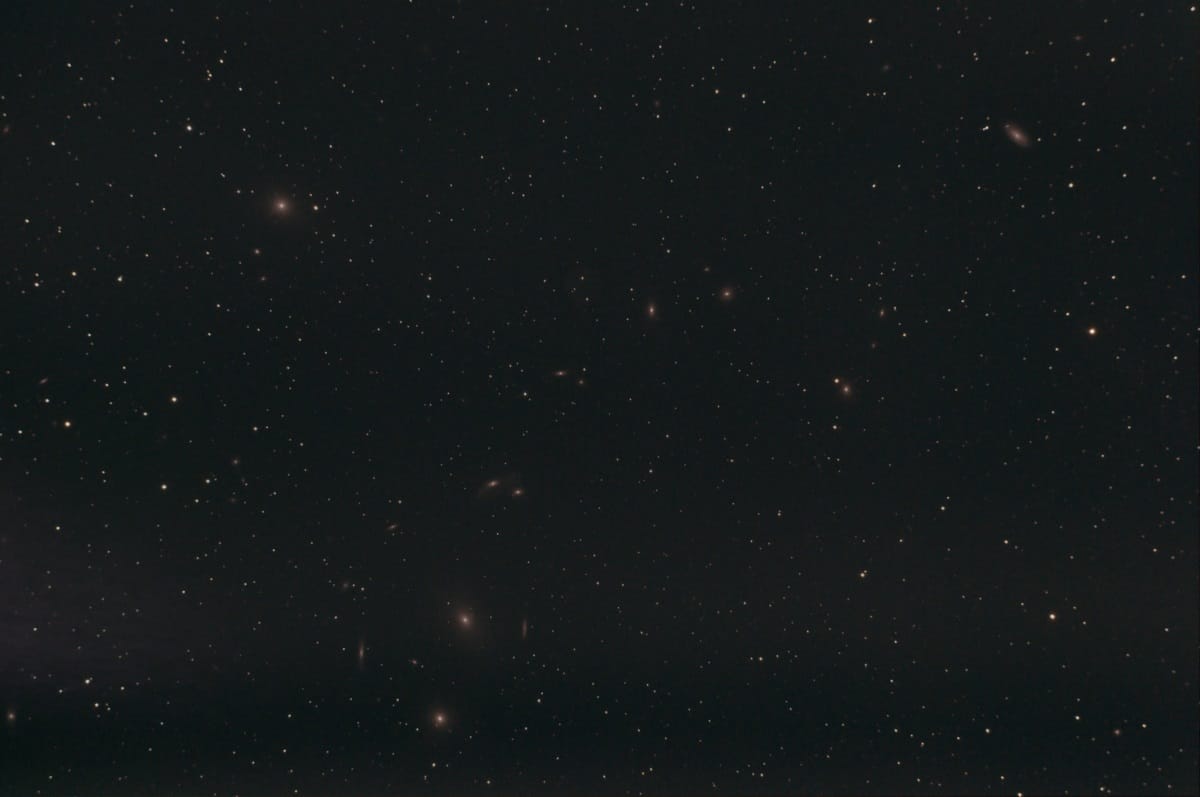
Honorary Mentions
I couldn’t finish this post without mentioning the galaxies below. I have left them out of the main post as these targets really do require much longer focal lengths to be able to image them, unlike the list above which could be achieved with most setups.
M106
In the constellation Canes Venatici. Ideally you need a longer focal length for this target as it is quite small in the FOV. I recently tried to image this galaxy with my own telescope and it didn’t work out that great due to how small it was in the FOV, but hey it was fun to try!
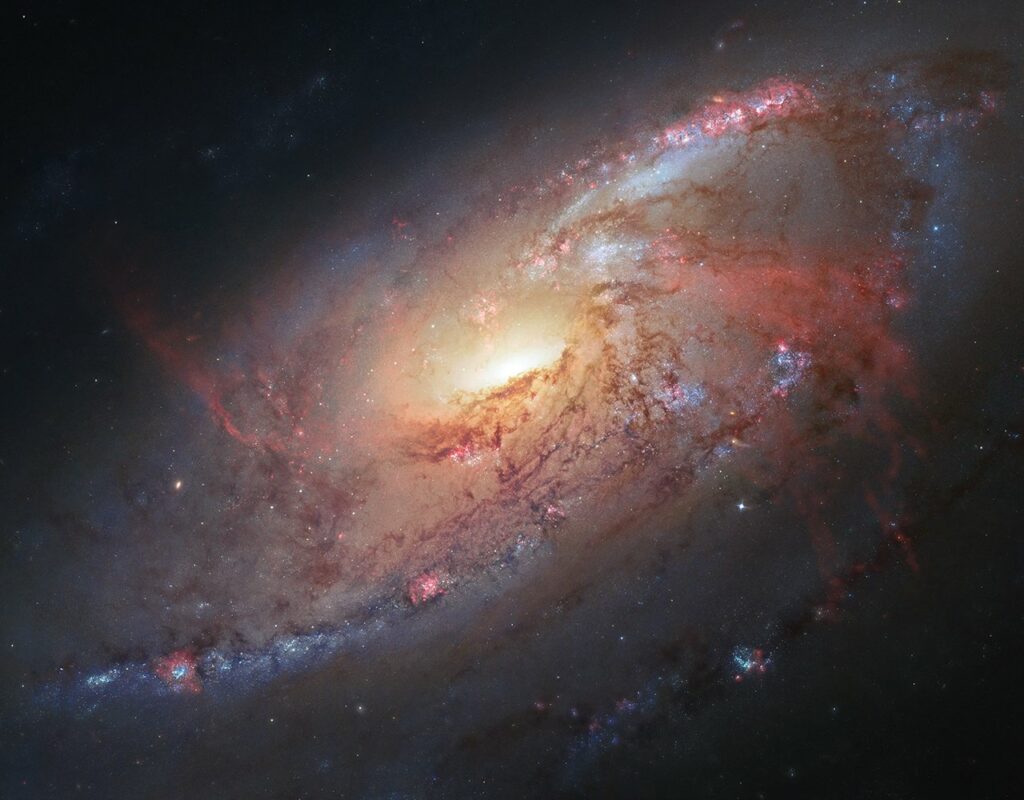
Sunflower Galaxy M63

Whale Galaxy NGC4631

Needle Galaxy NGC4565
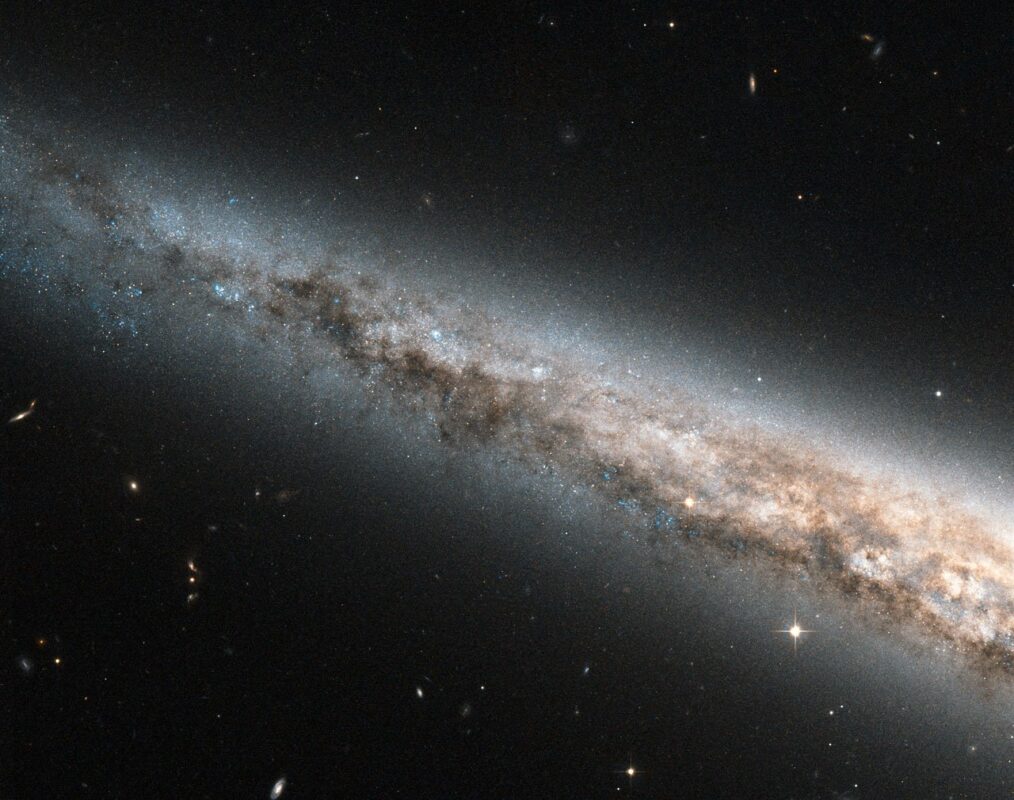
Sombrero Galaxy M104
